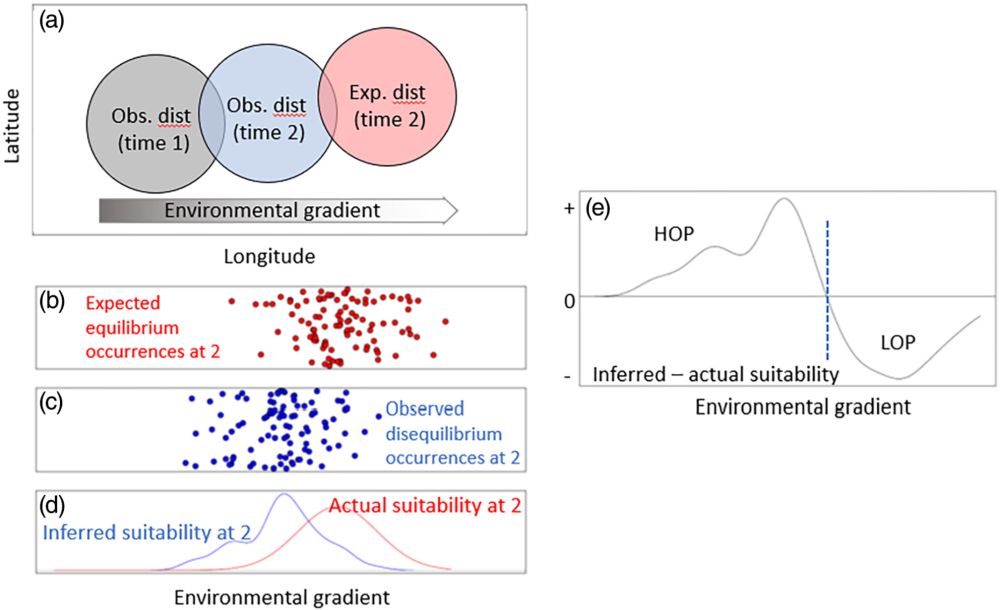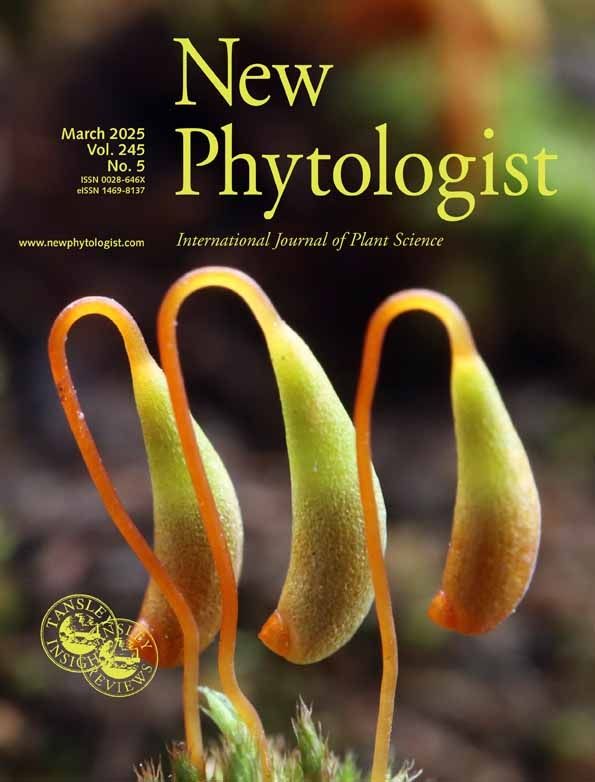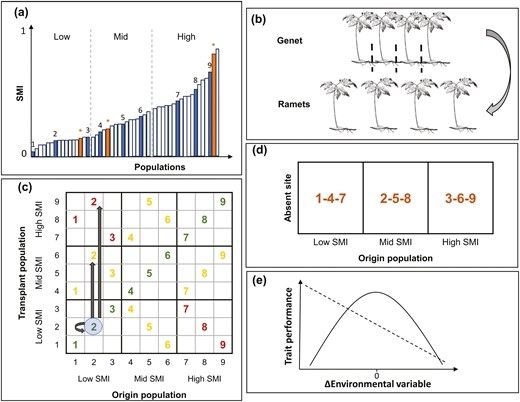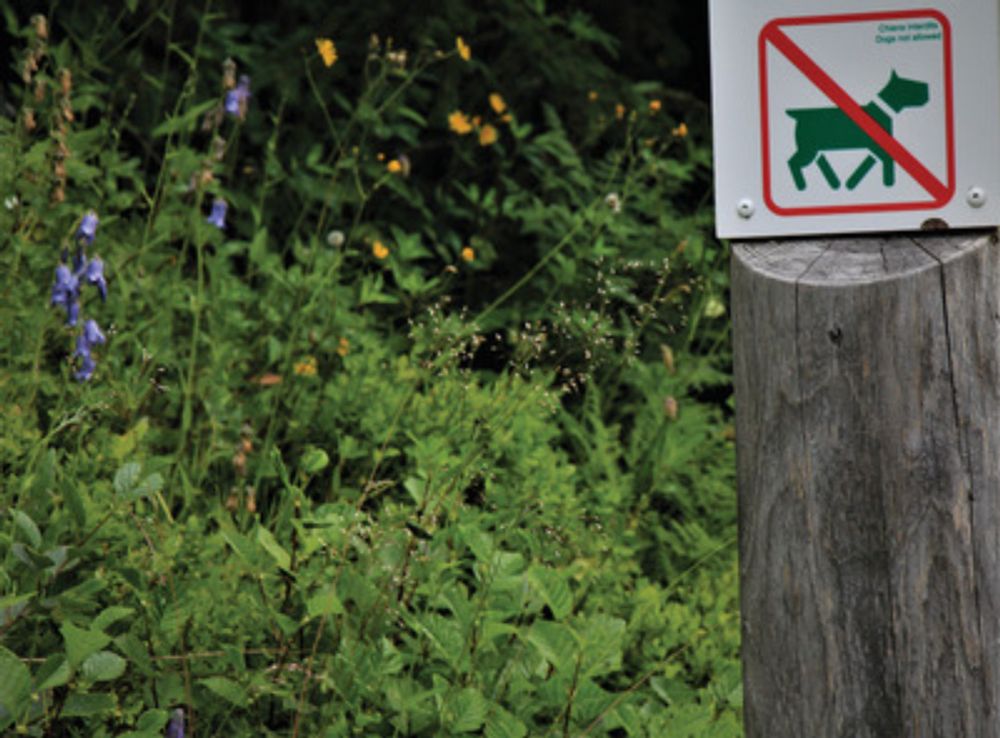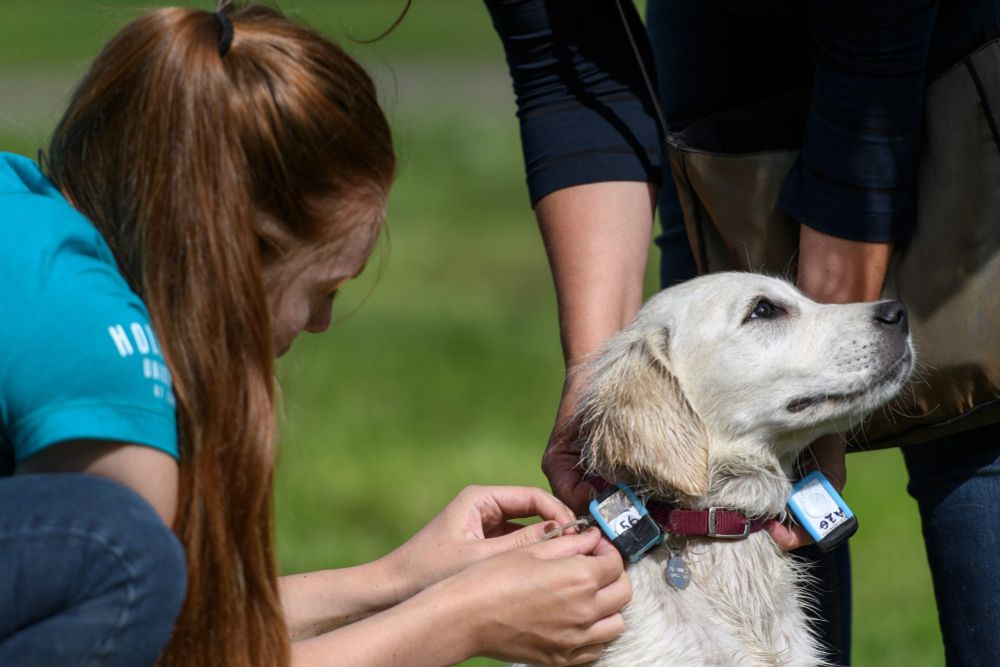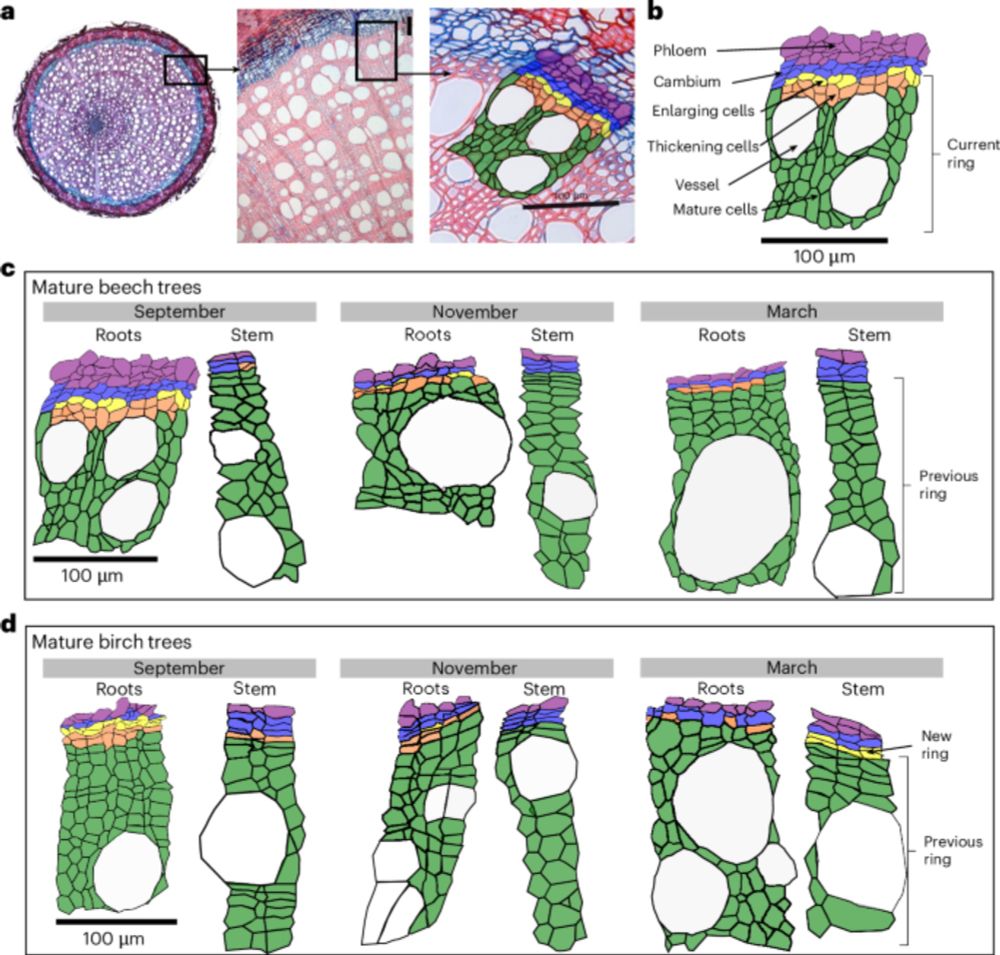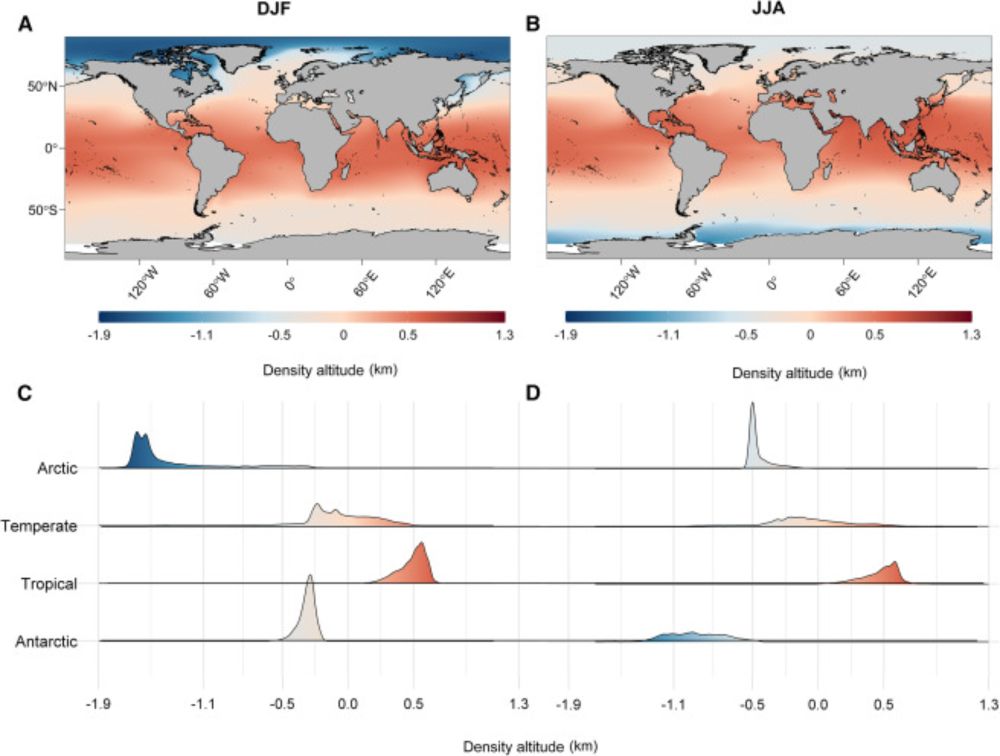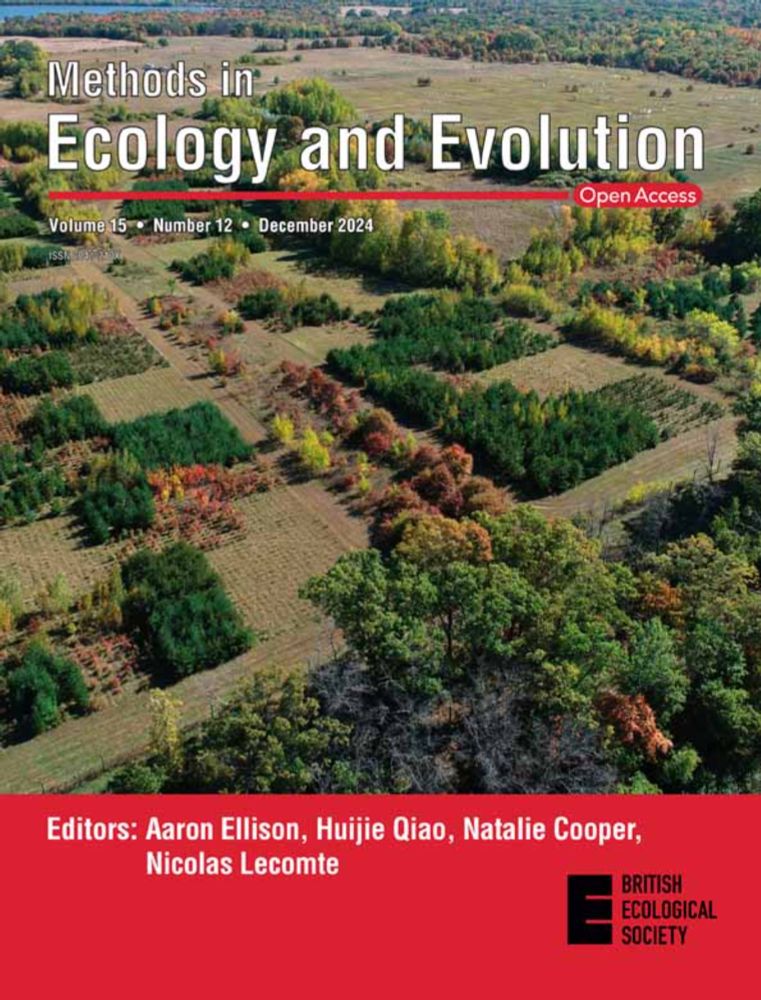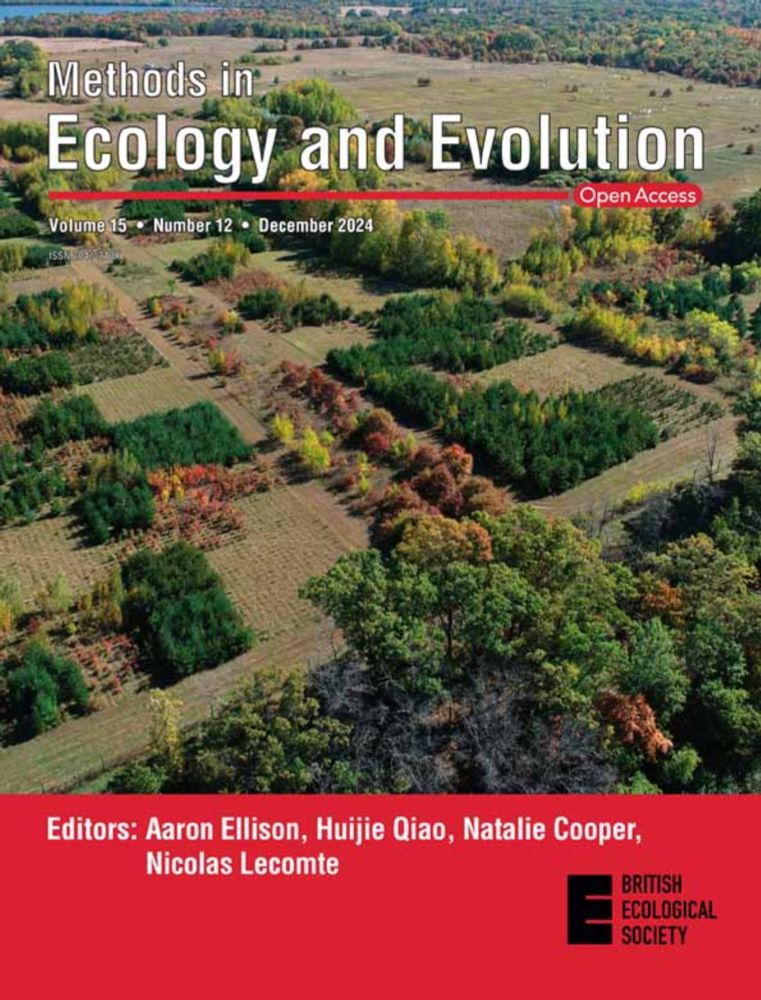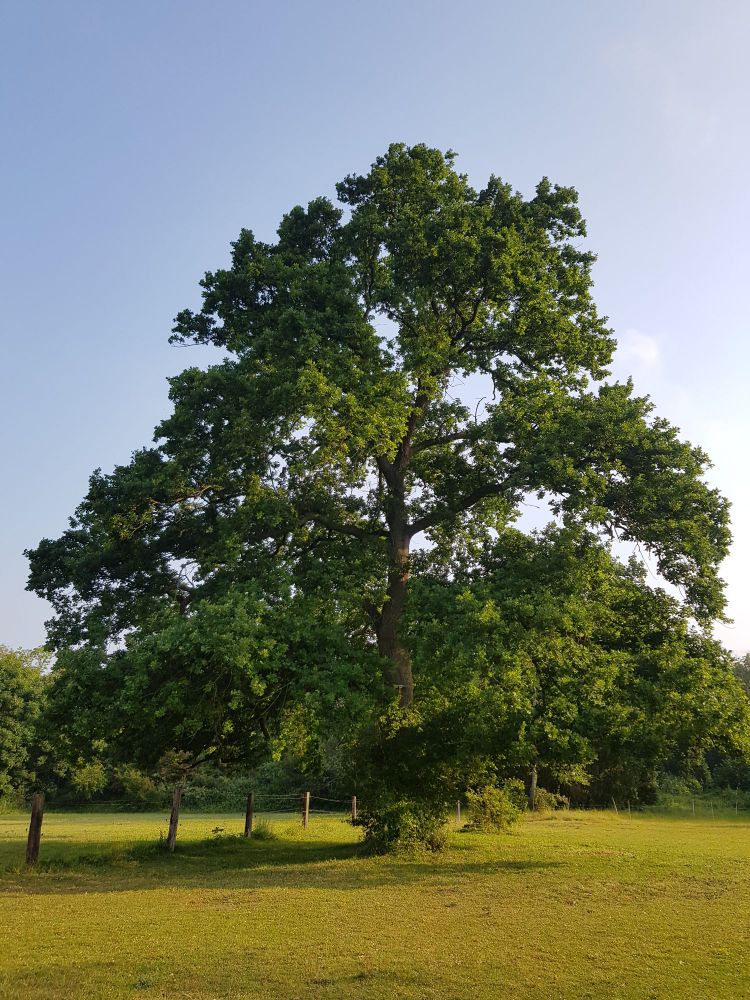
Allometric equations underestimate woody volumes of large solitary trees outside forests #LSTOFs 🌳
We used terrestrial lidar scanning #TLS & scanned 215 #LSTOFs along rural to urban gradients across 9 🇪🇺 cities to assess their woody volumes 🧪🌐🍁
Below is one #LSTOF near Amiens 🇨🇵
shorturl.at/hEzfv
10.05.2025 11:59 — 👍 24 🔁 7 💬 1 📌 0
Very proud to show the results and some beautiful pictures of @nerdland.be festival! What a rollercoaster !
The Oooh's and Aaaah's and Wauw's of so many when looking through the 🔬 or at small soil critters made this so worth it. Just wonderful!
#citizenscience #burgerwetenschap #nerdlandfestival
25.06.2025 10:38 — 👍 3 🔁 2 💬 1 📌 0
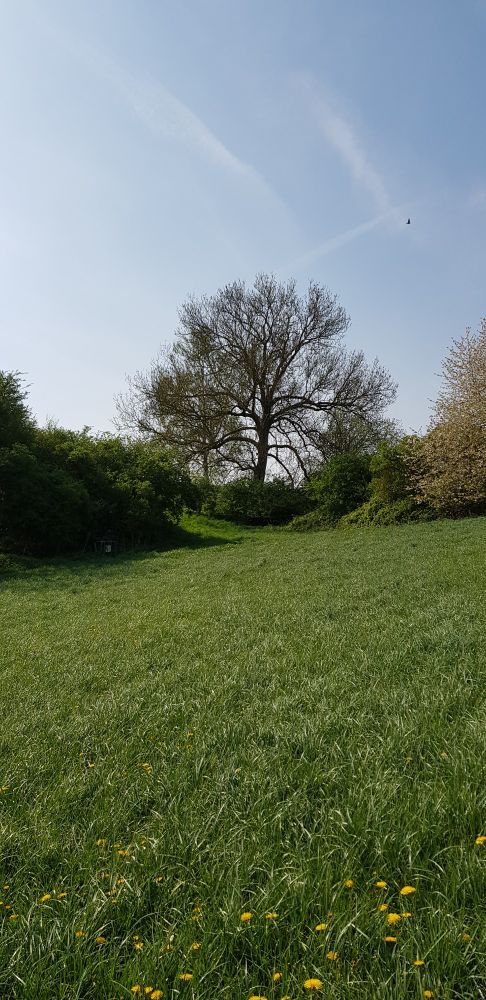
We monitored air 🌡 & vapour pressure deficits below the crown of >200 large solitary trees #LSTs 🌳 along rural-to-urban gradients for 3 tree species (oak, ash, and lime) across 9 European cities 🏫 We found that #LSTs shape their own species-specific microclimate to host 🐝🦋🐿🦇🌾☘️🌻🌼
shorturl.at/3xPRd
05.05.2025 16:38 — 👍 13 🔁 5 💬 1 📌 0
#CoolTree project on the benefits of large solitary trees #LSTs & trees outside forests #TOFs in rural & urban landscapes: cultural heritage values, regulating services & local refugia
@pieterdefrenne.bsky.social
@kvanmeerbeek.bsky.social
@karen-depauw.bsky.social
@fspicher.bsky.social
🌐🌍🍁
05.05.2025 16:47 — 👍 2 🔁 1 💬 0 📌 0
The #biosphere is changing: Check our global mapping of ecological novelty in wild #ecosystems (due to #climatechange, #defaunation & floristic disruption) - just out in @natureecoevo.bsky.social ♨️🐘🌿🌐 Big thx to @mattkerr.bsky.social for the huge effort! #novelecosystems #invasivespecies #megafauna
14.03.2025 14:44 — 👍 70 🔁 28 💬 3 📌 0
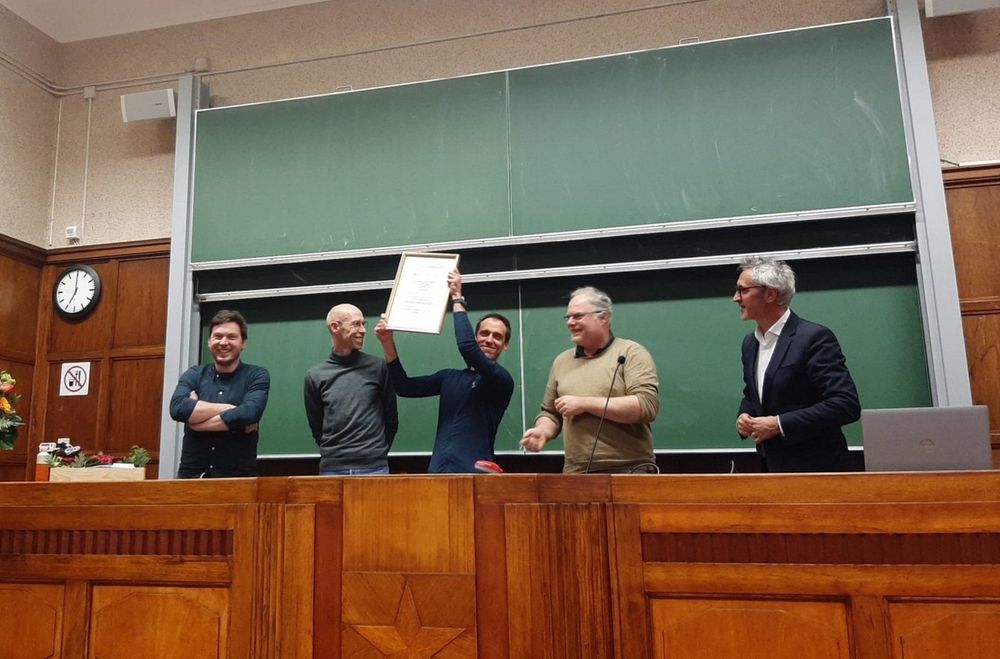
ForNaLab wins the Sustainability Research Award Rudi Verheyen 2024! FNL was selected by a jury for its work on 'Forest conservation and restoration in a changing world'. Kris Verheyen, Lander Baeten, @pieterdefrenne.bsky.social & Jan Mertens received the price & gave an inspiring talk together.
19.03.2025 09:10 — 👍 10 🔁 1 💬 2 📌 2
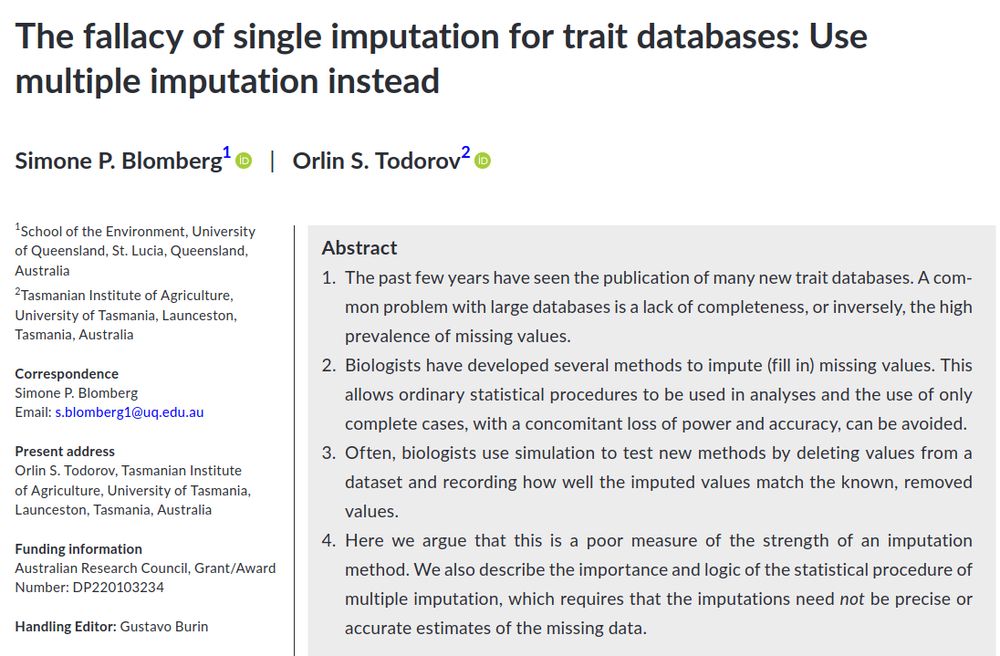
The past few years have seen the publication of many new trait databases. A common problem with large databases is a lack of completeness, or inversely, the high prevalence of missing values.
Biologists have developed several methods to impute (fill in) missing values. This allows ordinary statistical procedures to be used in analyses and the use of only complete cases, with a concomitant loss of power and accuracy, can be avoided.
Often, biologists use simulation to test new methods by deleting values from a dataset and recording how well the imputed values match the known, removed values.
Here we argue that this is a poor measure of the strength of an imputation method. We also describe the importance and logic of the statistical procedure of multiple imputation, which requires that the imputations need not be precise or accurate estimates of the missing data.
The fallacy of single imputation for #traits databases: Use multiple imputation instead @methodsinecoevol.bsky.social #ecopubs
doi.org/10.1111/2041...
20.02.2025 08:05 — 👍 33 🔁 7 💬 1 📌 1
Check out our new blog post to find out more about the article 'Ten practical guidelines for microclimate research in terrestrial ecosystems' by @pieterdefrenne.bsky.social and team! 🌎 🧪
Read the blog here 👉 https://buff.ly/4h32ybX
21.01.2025 12:00 — 👍 12 🔁 5 💬 0 📌 0
Cool topoclimates promote cold-adapted plant diversity in temperate mountain forests
📯🌲| The last article from my thesis is now out in @peercomjournal.bsky.social !
We tackled how the different drivers of forest temperature determine plant communities. We found that shaded valley bottoms harbor 5 (30%) more cold-adapted species! doi.org/10.24072/pcj.... Will it lead to microrefugia?
29.01.2025 04:59 — 👍 6 🔁 2 💬 0 📌 1
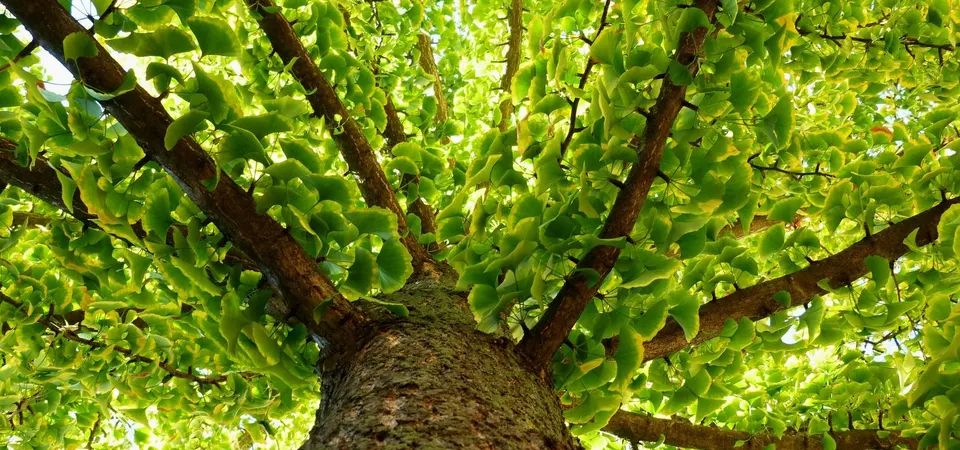
A stock image of a ginkgo tree. They’ve lived through the ice age, the asteroid that wiped out the dinosaurs and brushed off an atomic blast just a mile away. Here’s the story of this living fossil that refuses to age—or die.
Ancient ginkgo trees, some over 600 years old, show no signs of aging, maintaining vitality similar to younger trees. A study shows that their stem cells and immune defenses remain robust over centuries, explaining their extraordinary lifespans. In @forbes.com: www.forbes.com/sites/scottt...
16.01.2025 20:32 — 👍 32 🔁 9 💬 1 📌 0
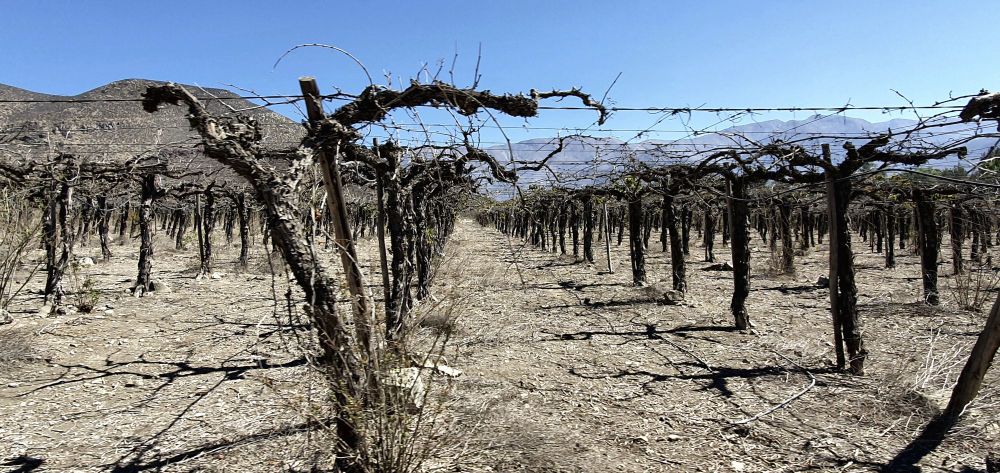
Dead vines in the region around Los Andes in the western catchment area of Aconcagua, a region that has been particularly hard hit by the ongoing drought in Chile. Photo: Dirk Karger, WSL
More frequent, more intense, affecting larger areas: over the last 40 years, mega-droughts have become more severe and are increasingly damaging ecosystems. This is shown by a study led by the WSL and published in @science.org www.wsl.ch/en/news/mega... @dirknkarger.bsky.social
📷 Dirk Karger 🌐
17.01.2025 07:16 — 👍 15 🔁 7 💬 1 📌 0
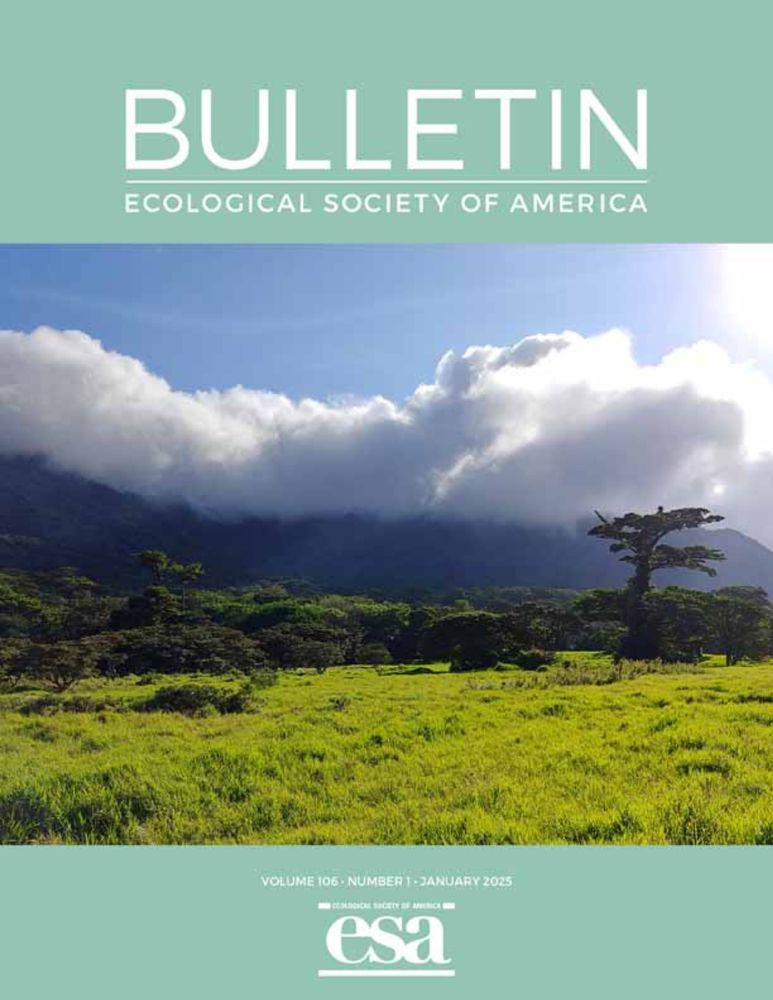
From Prototype to Reality: Moving Beyond the Technology Hype in Ecological Research
Click on the article title to read more.
New reflection paper by Eline Lorer & Dries Landuyt: ‘From Prototype to Reality: Moving Beyond the Technology Hype in Ecological Research’.
A reflection on their sensor development trajectory
@The Bulletin @ecologicalsociety.bsky.social: doi.org/10.1002/bes2....
#ecology #microclimate #sensor
15.01.2025 13:47 — 👍 8 🔁 5 💬 2 📌 1
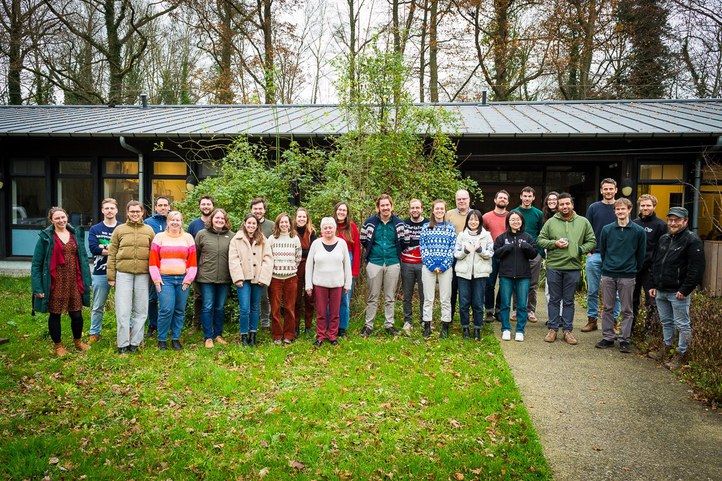
Hej Bluesky!
We are ForNaLab:
🌼 a team of researchers passionate about Forest & Nature at Ghent university
📈 scientists delving deep into fundamental and applied questions
We will be posting here on
🔭 the process of doing science
✨ new research results
stay tuned! 🎉
10.01.2025 16:10 — 👍 17 🔁 7 💬 2 📌 0

In the latest NatuurFocus, we present this framework, developed for Aelmoeseneiebos, our research forest with high scientific and ecological value. The goal: inspire scientists & nature managers to adopt similar practices & strengthen dialogue to protect nature during research.
13.01.2025 07:07 — 👍 1 🔁 1 💬 1 📌 0

Field experiments in natural areas are crucial to study environmental change but can pose risks to these ecosystems and their species. To minimize impacts, we propose a careful framework in NatuurFocus to balance potential damage against scientific value.
📸 by @habenblondeel.bsky.social
13.01.2025 07:07 — 👍 8 🔁 4 💬 1 📌 1
Starting out doing microclimate research? Then worth a read of our new OA paper
17.12.2024 08:40 — 👍 14 🔁 4 💬 1 📌 1
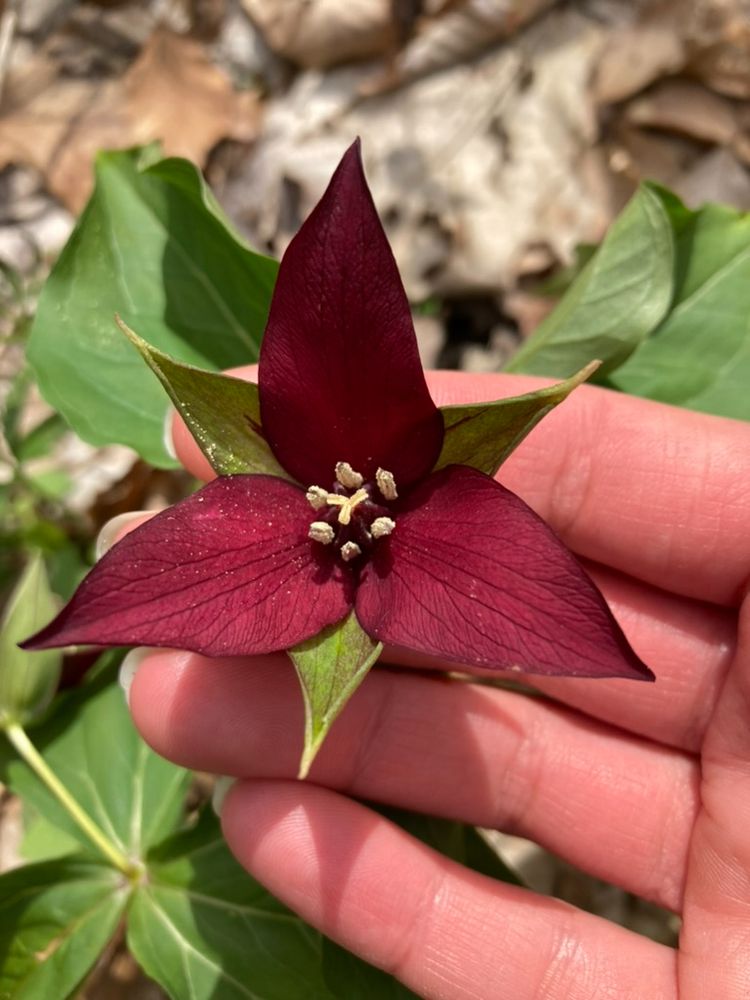
Can botanical gardens and arboreta teach us about the impacts of climate change?
Here a multi-garden community science study finds spring wildflowers shorten phenophases in the face of unusually warm temperatures. #HoldenScience
onlinelibrary.wiley.com/doi/10.1002/...
17.12.2024 15:04 — 👍 27 🔁 11 💬 1 📌 0

Ten practical guidelines for #microclimate research in terrestrial ecosystems
doi.org/10.1111/2041...
from #SoilTemp core group, lead by @pieterdefrenne.bsky.social
17.12.2024 07:06 — 👍 55 🔁 17 💬 2 📌 3
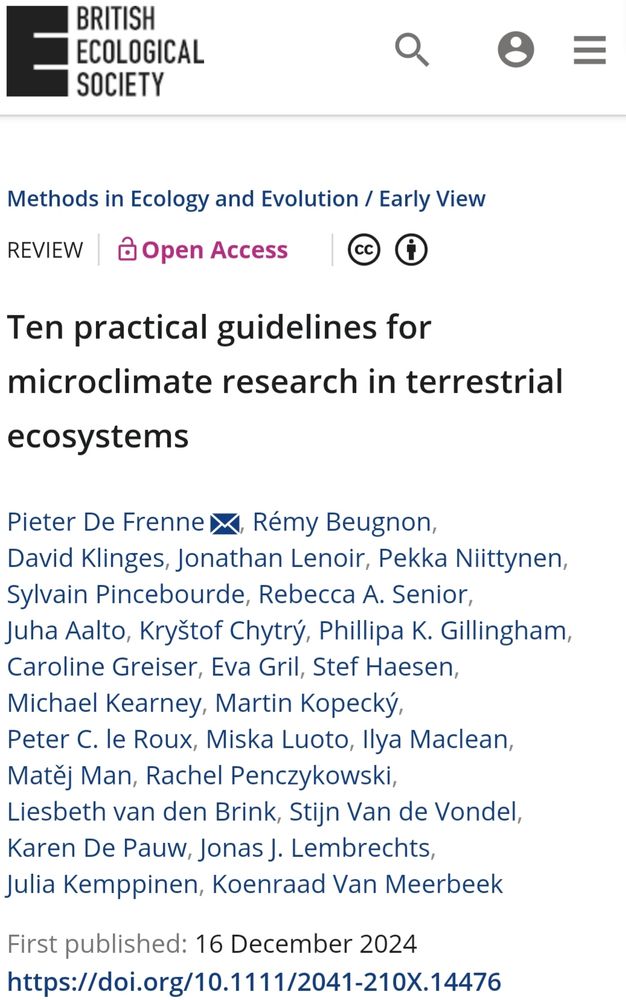
Everything you ever wanted to know to get started on #microclimate is compiled there ⬇️ in 🔟 guidelines 🤓 Unpack each 1️⃣ to select the right variable, the most relevant spatiotemporal scale, the best sampling design & to tailor your analyses to your study question
🧪🌐🍁
shorturl.at/VYP8f
17.12.2024 17:50 — 👍 52 🔁 18 💬 2 📌 0
Interested in more of this type of work? Follow the microclimate ecology starter park with all these great people inside!
go.bsky.app/7at8uFX
17.12.2024 11:29 — 👍 17 🔁 11 💬 1 📌 0
10 microclimate guidelines, a paper led by @pieterdefrenne.bsky.social to which I also contributed to, is just published!
It was a great experience as the most of the idea generating and also a lot of writing was done in a collaborative workshop.
17.12.2024 07:51 — 👍 9 🔁 2 💬 1 📌 0
Engineer | Phd Student | Plant ecology and ecophysiology | Forest | Vascular plants | Bryophytes | Microclimate ecology | Historical ecology
Weet iets van luchtvervuiling. Hardloper.
M55 2025:
PK veldlopen: 2de🥈
BK 1/2 marathon: 9de
EK marathon: DNF
Antwerp 10 miles: 4de 🍫
BK 10000: 3de🥉
BK 5000: 2de 🥈
BK 10km: 4de 🍫
Skeet in eigen naam.
Tenured researcher at Misión Biológica de Galicia (CSIC)
Previously at UCIrvine
Island Biogeography | Plant-Animal Interactions | Southern California lover
plantherbivory.weebly.com
Botanical Society of Britain & Ireland
Studying, appreciating, recording & conserving wild plants across Britain & Ireland.
Supporting the botanists who care about our wild plants
https://bsbi.org/
#NewYearPlantHunt
#PlantAtlas2020
#WildFlowerHour
Soil scientist & agronomist (PhD, Habil./HDR) @cirad.bsky.social #SOC #GHG #ClimateChange
Editor-in-Chief: EGU SOIL journal @egu-sss.bsky.social
Associate Editor: Plant and Soil, Agroforestry Systems
https://agents.cirad.fr/R%C3%A9mi+Cardinael/Homepage
Theoretical Forest Science, Quantitative Ecology, Plant Growth Analysis, Woodland Structure, Forest Biometrics, Continuous Cover Forestry, Professor @_SLU, Welsh “expat” and Swedish International, www.pommerening.org.
Developing new initiatives linking ecosystem science to environmental policy and practice.
Plant community ecology | Botany | Vegetation science | Natural habitats | Macroecology | Biodiversity | Conservation | Global change | Scientific publishing || Professor @ Masaryk University, Brno, Czechia
🌲 PhD student in forestry remote sensing at forstunigoe.bsky.social
🛰 Researching forest structures using LiDAR and imagery
🌍 Passionate about forests, climate, and open geospatial data
https://fosstodon.org/@flofranz
https://github.com/FloFranz
Assistant professor - University of Trieste
Plants, functional traits, abiotic stress tolerance
Community ecologist - UKCEH - interested in species interactions, biodiversity conservation, butterfly monitoring, systems thinking and statistical modeling.
Tundra community ecology postdoc @TeamShrub @UBC | He/Him | Data science and ecology nerd 🛰🌲| hobbies include dancing, cycling and hiking 🎶 🚲 🏕
Scientist bridging #Climate and #Biodiversity...
Forestry engineer with a PhD in Forest Ecology. Professor at the #UniversityofLleida. Also researcher at the Joint Research Unit #CTFC-AGROTECNIO. Coordinator of ADAPTAFOR research group. Views my own.
Web: https://sites.google.com/view/lluiscoll
The world's largest community of ecologists -- dedicated to understanding life on earth and fostering a thriving planet.
Find journals content at @esajournals.bsky.social.
Postdoctoral researcher (JdC) at the Spanish National Research Council (IRNAS-CSIC) || Associate editor at Journal of Applied Ecology || Exploring the impact of global change on plant-based species interactions



